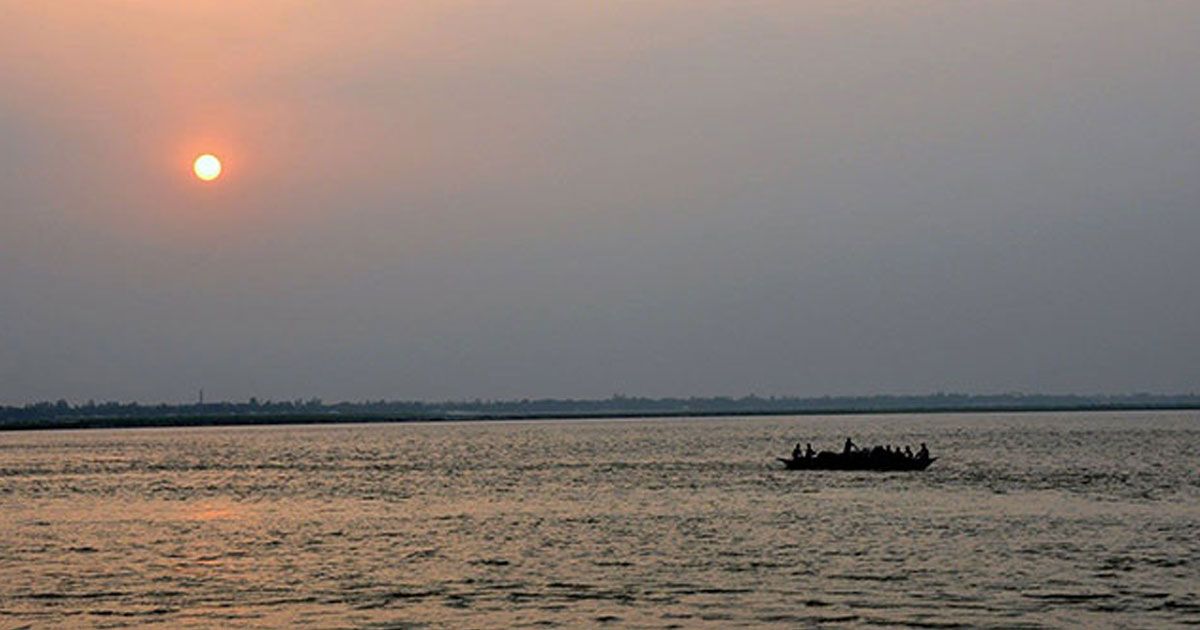Jamuna River

In the vibrant tapestry of Bangladesh’s cultural landscape, few elements hold as much significance as its rivers. Among them, the Jamuna River stands out as a symbol of resilience, vitality, and cultural heritage. Originating from the Brahmaputra River in India, the Jamuna flows southwest into Bangladesh, carving its path through the fertile plains of the country. As one of the three main rivers of Bangladesh, alongside the Padma and Meghna rivers, the Jamuna weaves through the fabric of the nation, connecting communities, shaping traditions, and preserving the collective memory of generations past.
In this comprehensive exploration, we delve into the cultural importance of the Jamuna River, tracing its influence on art, literature, religion, and everyday life. From ancient folklore to modern-day festivities, the Jamuna River continues to serve as a source of inspiration and identity for the people of Bangladesh.
A Lifeline of Tradition:
For centuries, the Jamuna River has served as a lifeline for the people of Bangladesh, providing sustenance, transportation, and a sense of belonging. Along its banks, communities have thrived, cultivating rich traditions and customs that reflect the river’s central role in their lives.
From the vibrant markets of Bogura to the serene villages of Sirajganj, the Jamuna River is a constant presence, shaping the rhythm of daily life. Fishermen cast their nets into its waters, farmers irrigate their fields from its banks, and families gather on its shores to celebrate festivals and milestones.
Art and Literature:
The Jamuna River has long been a muse for artists and writers, inspiring countless works of art and literature that celebrate its beauty and significance. In poetry and song, the river is often portrayed as a symbol of love, longing, and nostalgia, evoking emotions that resonate deeply with the Bangladeshi psyche.
Artists, too, have been drawn to the Jamuna River, capturing its essence in paintings, sculptures, and other forms of creative expression. From traditional folk art to contemporary masterpieces, the river serves as a timeless muse, reflecting the ever-changing currents of Bangladesh’s cultural identity.
Religious Reverence:
Religion plays a central role in Bangladeshi culture, and the Jamuna River holds special significance in the religious beliefs and practices of the people. Along its banks, sacred sites and shrines dot the landscape, attracting pilgrims and devotees from far and wide.
For Hindus, the Jamuna River is revered as a sacred waterway, associated with the goddess Yamuna, who is believed to preside over its waters. During religious festivals such as Kartik Purnima, devotees gather on the riverbanks to offer prayers and seek blessings, creating a vibrant tapestry of faith and devotion.
Cultural Festivals and Celebrations:
Throughout the year, the Jamuna River comes alive with a kaleidoscope of cultural festivals and celebrations that showcase the rich diversity of Bangladeshi heritage. From colorful boat races to traditional music and dance performances, these festivities bring communities together in joyful celebration of their shared cultural identity.
One such event is the Jamuna Festival, held annually to honor the river’s cultural significance and promote environmental conservation. During the festival, locals and visitors alike participate in a variety of activities, including river cruises, cultural performances, and awareness-raising campaigns, highlighting the importance of preserving this natural treasure for future generations.
Environmental Conservation:
In addition to its cultural importance, the Jamuna River plays a crucial role in the ecological health of Bangladesh, supporting diverse ecosystems and providing vital resources for human and non-human inhabitants alike. As such, efforts to conserve and protect the river have gained increasing importance in recent years.
Organizations and individuals across Bangladesh are actively involved in initiatives aimed at preserving the Jamuna and promoting sustainable practices that ensure its long-term health and vitality. These efforts encompass a range of activities, including riverbank restoration, water quality monitoring, and community engagement, demonstrating the collective commitment to safeguarding this cultural and ecological treasure.
Conclusion:
In conclusion, the Jamuna River is not merely a geographical feature; it is a living embodiment of Bangladesh’s cultural heritage and identity. From its role as a lifeline of tradition to its influence on art, religion, and environmental conservation, the river touches every aspect of Bangladeshi life, enriching the nation’s cultural tapestry and connecting generations past, present, and future.
As Bangladesh continues to evolve and embrace its cultural heritage, the Jamuna remains a steadfast companion, guiding the nation forward with its timeless wisdom and boundless grace. Through collective stewardship and reverence, we can ensure that this cherished river continues to inspire, nourish, and sustain the people of Bangladesh for generations to come.
Know More about the Jamuna River.
What are The Religious Places of the Jamuna River?
When Did The Jamuna River Basin Become a Focus?
Where is The Jamuna River Located?
Who Were The Key Historical Figures and Civilizations of The Jamuna River?
How to Reach Jamuna River?




